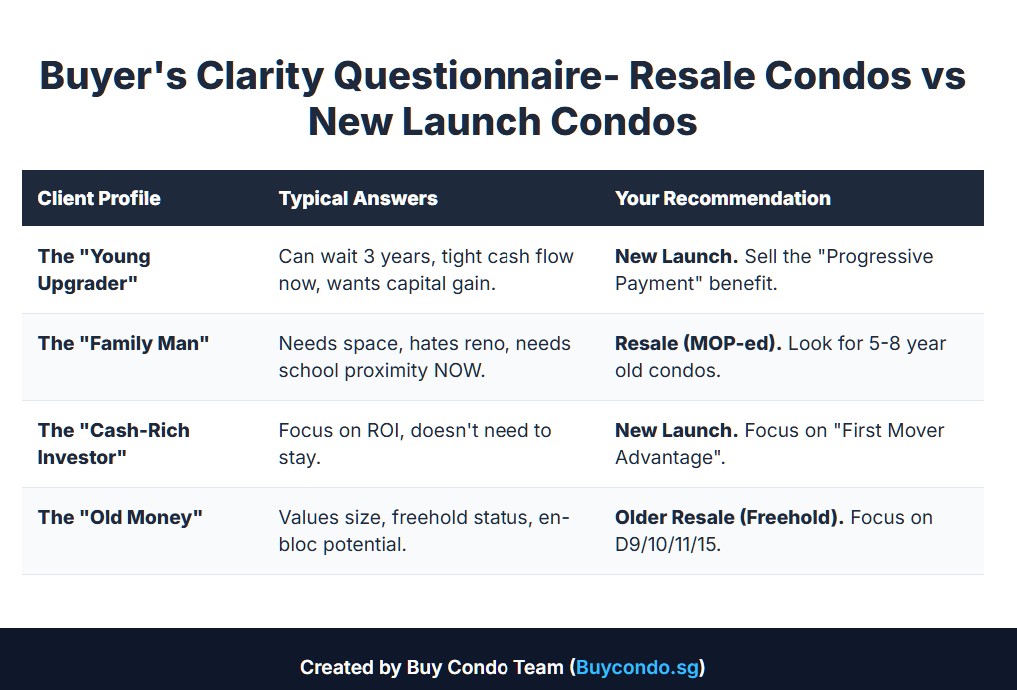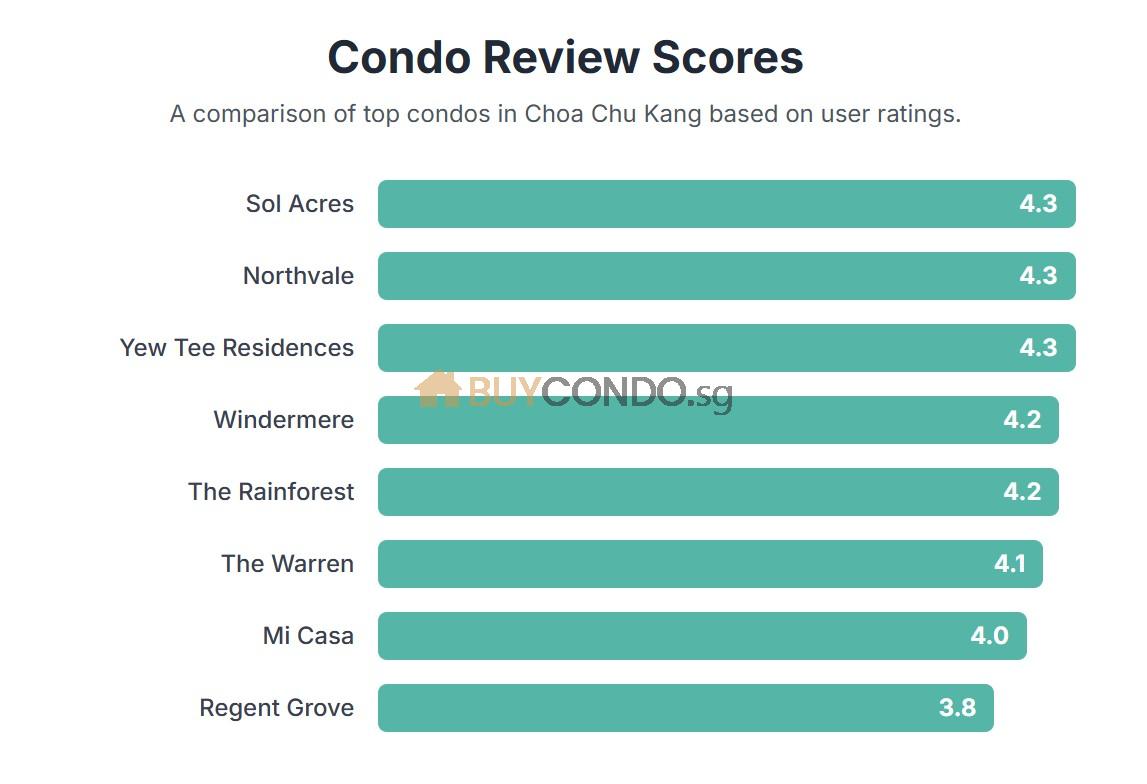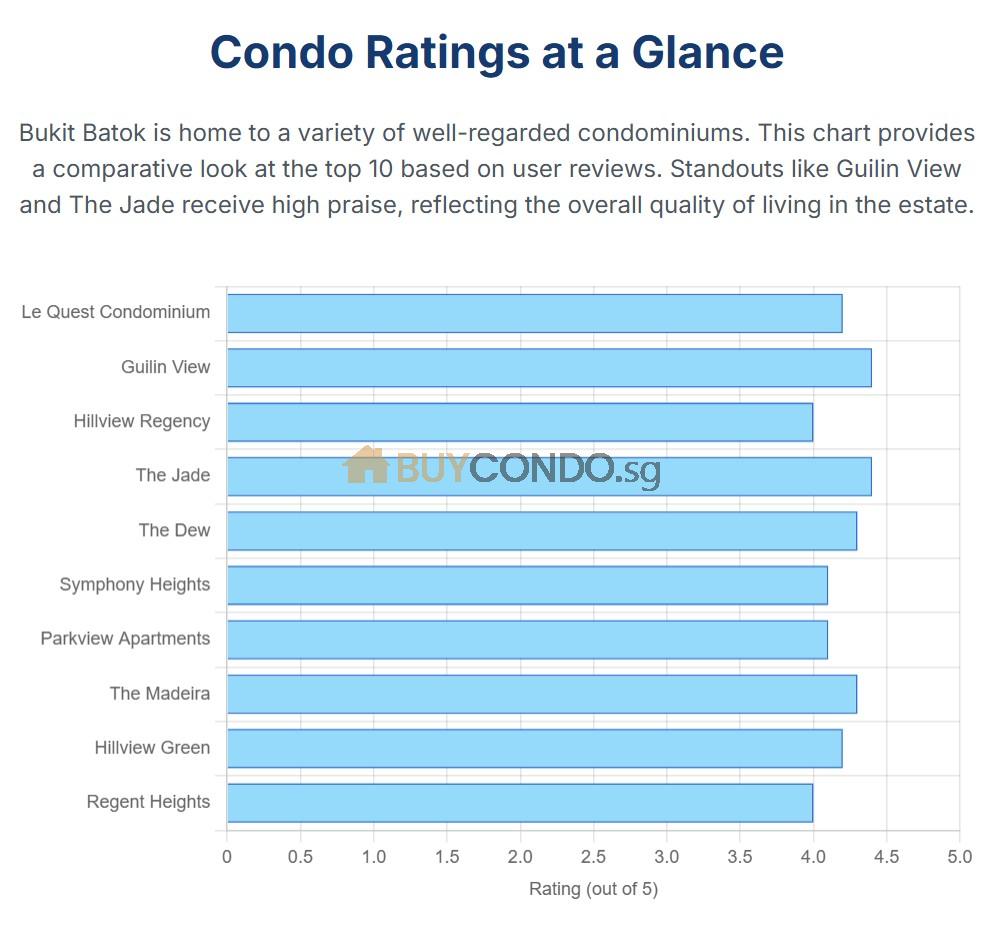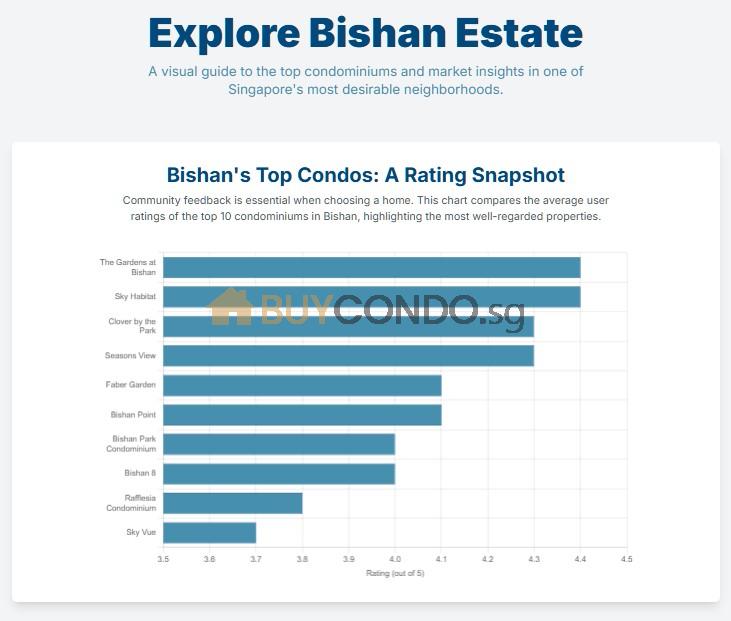Co-Living Spaces in Singapore: Maximizing Rental Profits for Landlords
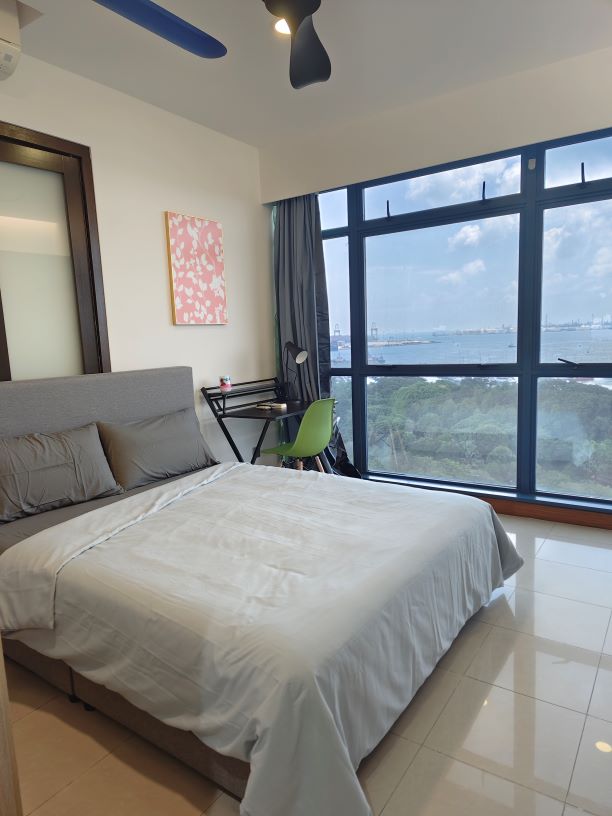
Rising costs and the new Singapore Budget 2024 will affect the rental yield sustainability for landlords.
As rental demand shifts, innovative models like co-living gain traction, potentially offering stable rental income and higher occupancy rates for fully furnished apartments.
Yet, the complexities of managing coliving spaces, particularly the maintenance of communal areas, can erode profit margins if not astutely handled, considering factors like cleaning services and frequent wear and tear.
Weighing advantages against logistical concerns is paramount.
Understanding Co-Living Trends
The co-living model has solidified its position in Singapore’s vibrant rental landscape, reflecting a societal shift towards communal expats living experiences. Catering especially to millennials and mobile professionals, this contemporary housing option underscores the importance of flexibility and connection. Indeed, the co-living trend is emblematic of a broader movement toward shared experiences and resource optimization within the urban sphere.
Given its popularity, co-living arrangements now need to be considered through a critical lens. For investors and landlords, the emphasis must surely be on ensuring that the collaboration between private and shared spaces yields a harmonious balance—financially (Monthly rent) and functionally. It is about striking the right chord between enhancing tenant satisfaction and meticulously managing operational expenditures.
Co-Living Demand Drivers
Singapore’s fast-paced urban life necessitates housing solutions that are both efficient and sociable, driving demand for shared living arrangements.
Amidst urban sprawls, co-living emerges as an interlace of convenience, community, and modernity, appealing particularly to the cosmopolitan demographic.
The rise of the gig economy and transient workforce has bolstered co-living spaces as they offer the flexibility and communal ambiance conducive to these lifestyles.
Demographics such as expatriates and students, who value community and affordable living spaces, contribute to the escalating interest in co-living setups.
Co-Living Market Growth
The trend towards co-living in Singapore is gaining momentum, catalysed by evolving urban lifestyles and housing requirements.
- Demographic changes: A growing number of young professionals, expatriates, and students look for housing that supports a connected and transient lifestyle.
- Economic incentives: Co-living spaces can offer higher rental yields compared to traditional rentals, with the additional benefit of spreading maintenance costs over multiple tenants.
- Social dynamics: Modern tenants value community and shared experiences, which co-living spaces are designed to foster, making them an attractive option.
- Urbanisation pressures: The intensifying demand for space in urban areas propels the co-living sector forward as a space-efficient solution.
Co-living spaces are rapidly becoming a fixture in Singapore’s real estate landscape, promising attractive returns for astute investors.
Investors are fine-tuning operations to safeguard their assets, keeping an eagle eye on wear and tear, while optimising maintenance expenditure in shared quarters.
Maximizing Revenue Models
In the context of Singapore’s property market, where space efficiency is paramount, co-living arrangements present a viable approach to augment rental income. By converting traditional rental properties into well-designed co-living spaces, landlords can cater to the changing demographic preferences, thereby commanding higher per-square-foot rental rates than standard leases. This shift to a more communal living setup can substantially elevate income streams while diversifying occupant demographics.
However, the maximization of revenue through co-living must be strategically balanced against potential increased costs. It is critical to implement a systematic approach to the maintenance of these communal spaces to ensure that the management expenses, such as cleaning services, do not erode the enhanced revenue. Maintaining a meticulous focus on cost control can help secure long-term profitability and asset preservation.
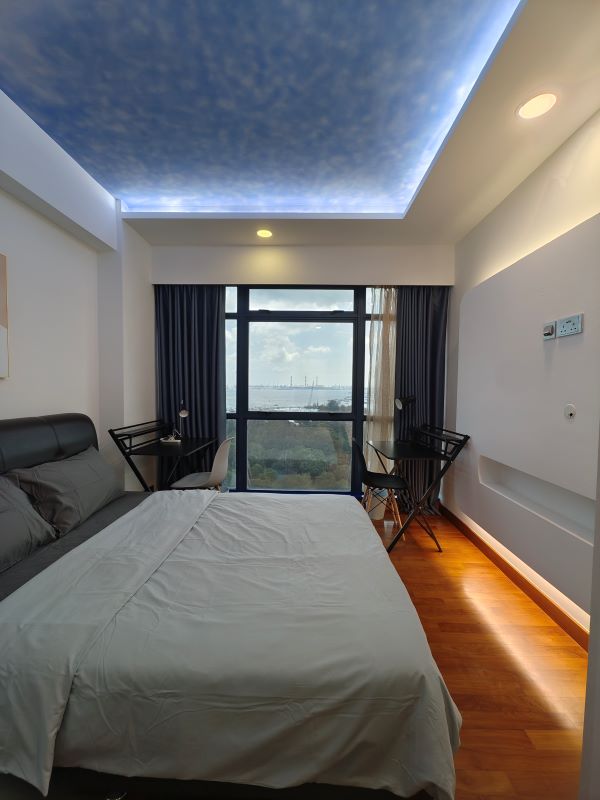
Rental Price Strategy
Determining a competitive yet profitable rental price is essential for optimizing co-living profits in Singapore.
- Review local rental trends and benchmark against nearby co-living rates
- Strategically set tiered pricing based on room size and amenities
- Incorporate a buffer in pricing for maintenance and wear-and-tear costs
- Offer incentives for longer tenancy commitments to reduce vacancy rates
Transparent communication about the breakdown of costs enriches trust with potential renters.
Leveraging dynamic pricing models can accommodate market fluctuations and demand cycles.
Ancillary Revenue Streams
Identifying additional revenue channels can significantly enhance the financial performance of co-living spaces.
- Vending machines for convenient access to snacks and beverages.
- Laundry services offered on-site to residents.
- Rental of storage units for extra personal items.
- Hosting events or workshops that utilize communal spaces during off-peak hours.
- Partnerships with local businesses to offer exclusive services or discounts to residents.
These streams, when judiciously selected, diversify income without overburdening maintenance outlays.
A pragmatic approach to ancillary services ensures they complement the living experience without detracting from it.
Cost Management Strategies
To curtail excessive spending on common area upkeep, landlords should seek competitive bids for cleaning services while ensuring quality. A periodic review of service contracts can unearth opportunities for cost reduction, provided it does not compromise the standard of living expected in such esteemed accommodations. Scheduling regular maintenance can preempt costly repairs caused by wear and tear, thus protecting the property’s longevity and appeal.
A prudent allocation of reserves for refurbishments equips landlords to manage the inevitable wear inherent in co-living arrangements. By anticipating these expenses, they enable the strategic targeting of funds towards areas that yield the highest return on investment, ensuring that the allure and functionality of shared spaces continue to draw and retain tenants.
Common Area Maintenance
Maintaining common areas is pivotal in co-living environments, balancing aesthetics with functional longevity. Regular upkeep reduces cumulative damage, safeguards assets, and enhances tenant satisfaction.
Strategically, integrating maintenance and cleaning tasks into daily operations can optimize costs and minimize disruption. A coherent schedule for these services ensures high standards without incurring unnecessary expenditure on emergency repairs or replacements.
Vendor selection, armed with meticulous due diligence, can yield cost-effective partnerships for common area maintenance. Engaging reputable service providers often results in a pristine environment, conducive to both tenant retention and referral-driven occupancy growth.
Involving occupants in the stewardship of shared spaces instills a collective responsibility, potentially easing the burden on external cleaning services. Clear guidelines on usage can mitigate wear and prolong the lifespan of communal facilities.
Ultimately, regular inspections and tenant feedback serve as barometers for maintenance efficacy. Proactive adjustments preserve the environment’s allure and underscore a landlord’s commitment to excellence.
Wear and Tear Mitigation
Proactive measures reduce co-living space degradation.
Implementing a robust preventative maintenance plan is pivotal. By scheduling regular checks and addressing minor issues promptly, you can avert major repairs and replacements that can significantly escalate costs. Moreover, integrated maintenance regimes exert a psychological influence on tenants, subtly encouraging them to maintain the standards set forth, consequently mitigating the frequency and severity of wear and tear.
Educate tenants on proper usage and care.
Establishing house rules regarding common areas use – such as shared kitchens, bathrooms, and living spaces – ensures that tenants use facilities responsibly and reduce the chances for damage. It’s about cultivating a community ethos wherein everyone contributes to the upkeep and wellbeing of the shared environment.
Invest in durable materials and furnishings.
Deploying high-quality materials in co-living spaces is not an excess but a strategic investment. Selection of wear-resistant flooring, sturdy furniture, and high-grade appliances balances initial outlay with the longer-term economic gains yielded through diminished need for replacements and repairs beyond the scope of regular maintenance.
Regularly review and refine your maintenance strategy.
An effective wear and tear mitigation strategy should not be static. Instead, it requires ongoing evaluation and enhancement to adapt to new challenges and tenant behaviours. Stay abreast of industry best practices and new materials or technologies that can enhance durability, ensuring that your property remains both appealing and resilient. This foresight positions you advantageously in the dynamic landscape of Singapore’s rental market.
Legal Considerations
Navigating the legal framework governing co-living arrangements is crucial for ensuring compliance with Singaporean real estate laws. Before committing to a co-living model, landlords must familiarize themselves with the Urban Redevelopment Authority’s (URA) guidelines on housing rentals, ensuring they operate within permitted boundaries and adhere to zoning regulations. Implementing co-living spaces also necessitates a thorough understanding of leasing agreements tailored to these arrangements to safeguard both landlord and tenant interests.
Legal documentation in co-living operations should explicitly define the responsibilities of each party. It is paramount that the conditions for maintenance and repair of shared areas are delineated to prevent future disputes that could erode profitability and relationships. Landlords must ensure their policies for upkeep do not contravene any existing statutes or create untenable conditions for tenants.
Co-Living Regulations : Co-Living Spaces in Singapore: Maximizing Rental Profits for Landlords
In Singapore, co-living spaces must align with the URA requirements with now the temporary relax is cap at 8 pax. Any infractions can result in severe penalties, including fines and cessation of rental activities. Landlords should guarantee that their co-living setup is meticulously structured to comply with these regulatory standards.
For instance, there are stipulated occupancy caps for each flat or property unit that cannot be exceeded, as well as minimum rental periods to observe. Moreover, to maintain the residential character of the neighbourhood, units must not be transformed into hostel-like establishments. The complexity of these regulations necessitates landlords to be vigilant and continually informed about the current legislative climate that governs the co-living sector.
Furthermore, landlords should implement systematic procedures to monitor and manage the wear and tear of shared spaces. This includes establishing a clear maintenance schedule, budgeting for upkeep, and creating a fund for repairs and replacements. Overlooking this aspect can culminate in exacerbated damages and financial burdens that can offset the intended income from the co-living arrangement.
Finally, landlords must judiciously calculate the costs associated with managing common areas without allowing them to escalate. Hiring cleaning services should be balanced against tenant’s lease contributions, avoiding any disproportionate financial burden on the property owner. Foresight in fiscal planning and operational oversight is essential to ensure that communal living arrangements remain profitable while offering quality living experiences.
Tenant Agreements and Rights
Drafting thorough tenancy agreements is paramount. Such documents must delineate shared responsibilities and individual tenant liabilities to prevent discrepancies and misunderstandings.
Ensure all tenancy agreements comply with Singapore’s rental laws and regulations.
Precisely, clauses related to the upkeep and usage of common areas should be unambiguously detailed (maintenance schedules, cleaning responsibilities) within agreements.
Stipulate clear procedures for addressing damages or breaches of contract to protect the property and financial interests.
It is crucial to establish protocols for conflict resolution amongst tenants to maintain harmony and swift dispute management in co-living environments.
Moreover, one must bear in mind tenants’ rights to privacy and quiet enjoyment. Oversee responsibilities closely, but avoid invasive oversight practices.
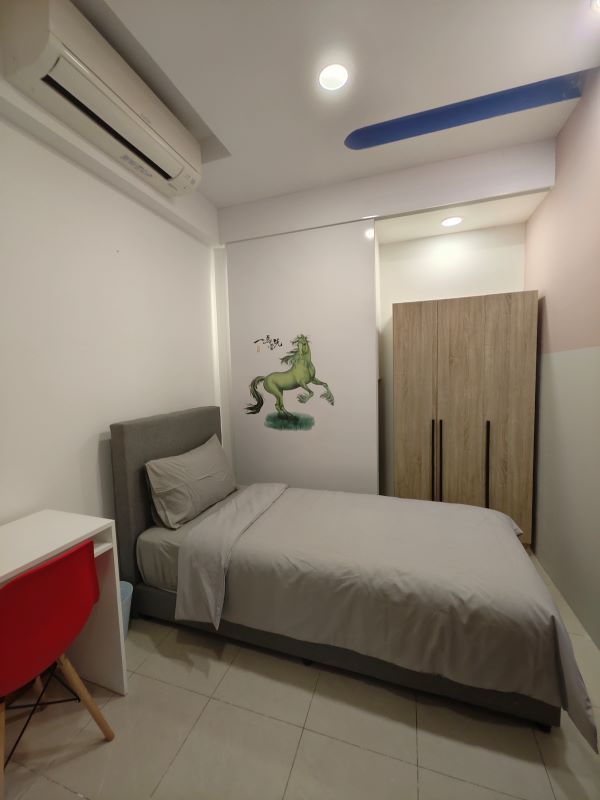
How much does it cost to live in a co-living space in Singapore?
Living in a co-living space in Singapore offers a unique and convenient housing option for individuals looking for a hassle-free living experience. While the cost of living in a co-living space may vary depending on factors such as location, amenities, and room size, it is important to understand the potential expenses involved.
The cost of living in a co-living space typically includes monthly rental fees, which cover utilities such as electricity, water, and internet. These rental fees may range from $1,100 (for a small partitioned room with fit a single bed) to $3,000 if it comes with a toilet and its own kitchenette space, depending on the location and room type.
In addition to the monthly rental fees, some co-living spaces may require a one-time security deposit, which is refundable upon the termination of the lease agreement. The amount of the security deposit can vary, but it is usually equivalent to one to three months’ worth of rental fees.
Co-living spaces often provide common amenities and services that contribute to the overall cost. These amenities may include access to a fully equipped kitchen, shared living areas, laundry facilities, gymnasium, and co-working spaces. Depending on the co-living space, additional charges may apply for certain amenities or services.
It is also important to consider other expenses that are not included in the monthly rental fees. These can include personal expenses such as groceries, dining out, transportation, and entertainment. Additionally, some co-living spaces may charge for additional services such as housekeeping or organized community events.
Overall, the cost of living in a co-living space in Singapore offers a convenient and hassle-free option for individuals seeking a flexible and social living arrangement. To get a clearer understanding of the specific cost breakdown, it is recommended to inquire with the co-living space provider directly, as prices may vary depending on the location and specific offerings of each space.
What are the benefits of living in a co-living space in Singapore?
Living in a co-living space in Singapore has numerous benefits that make it an attractive option for individuals or families. Here are some key advantages to consider:
- Cost-effective: Co-living spaces offer a more affordable housing solution compared to traditional rented apartments or houses. By sharing living spaces, utilities, and amenities, tenants can significantly reduce their housing expenses and allocate their resources more efficiently.
- Community-oriented: Co-living spaces foster a sense of community and provide opportunities for social interaction and networking. These spaces often arrange community events, workshops, and shared activities, allowing residents to connect and build relationships with like-minded individuals from diverse backgrounds.
- Convenience and amenities: Many co-living spaces in Singapore are equipped with a wide range of amenities such as fully furnished rooms, shared kitchens, laundry facilities, co-working spaces, gyms, and recreational areas. These added conveniences eliminate the need for tenants to invest in furniture and appliances, making their lives easier and more comfortable.
- Flexibility: Co-living spaces offer flexible rental terms, making them suitable for individuals who may require short-term accommodations or those who value the ability to easily relocate. This flexibility allows tenants to adapt their living arrangements to changing circumstances without being tied down by long leases.
- Professional management: Co-living spaces are managed by experienced professionals who take care of maintenance, security, and other administrative tasks. This ensures a hassle-free living experience for tenants, as they can rely on the management team to address any issues promptly and efficiently.
- Enhanced safety and security: Co-living spaces often come with security measures such as CCTV surveillance, key card access, and secure entry systems. These measures provide peace of mind for residents, knowing that their safety and security are prioritized within the living environment.
- Shared resources and services: Co-living spaces encourage resource sharing among tenants. This includes sharing household items, tools, and even services such as housekeeping or pet care. Sharing resources not only reduces waste but also promotes a more sustainable and cost-effective lifestyle.
- Convenient locations: Many co-living spaces are strategically located in prime areas of Singapore, offering easy access to transportation, amenities, entertainment, and lifestyle options. Tenants can enjoy the convenience of living in vibrant neighborhoods with a plethora of dining, shopping, and recreational opportunities.
Overall, living in a co-living space in Singapore provides an affordable, community-oriented, and convenient housing solution







